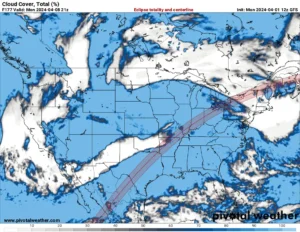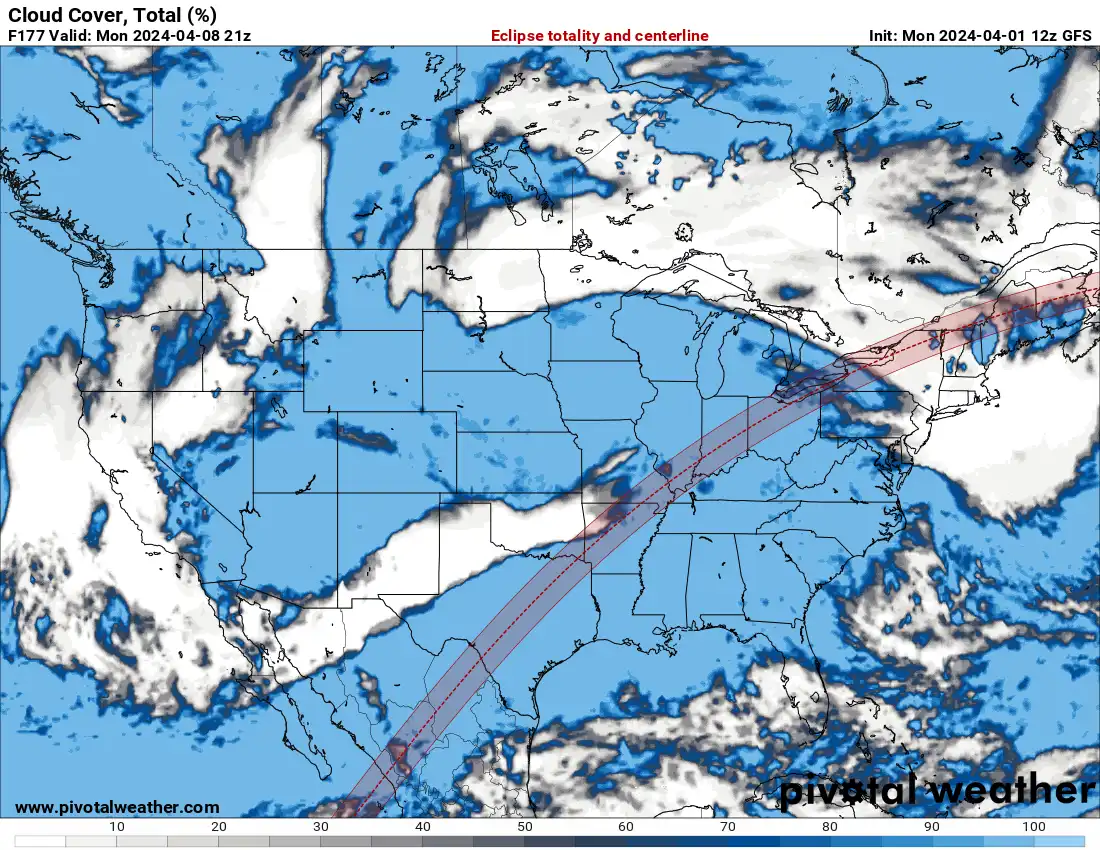The sun erupted on March 22 at 9:45 p.m. EDT (0145 GMT on March 23) with a powerful X-class solar flare and unleashed a barrage of super-hot plasma towards Earth in what is known as a coronal mass ejection (CME).
The energetic onslaught hit our planet at 10:37 a.m. EDT (1437 GMT) on Sunday, March 24, sparking a severe G4-class geomagnetic storm, the strongest solar storm since 2017.
Geomagnetic storms, also known as solar storms, are disturbances to Earth’s magnetic field caused by large expulsions of plasma and magnetic fields from the sun’s atmosphere in the form of CMEs. The U.S. National Oceanic and Atmospheric Administration (NOAA) ranks geomagnetic storms on a scale running from G1, which can cause an increase in auroral activity around the poles and minor fluctuations in power supplies, up to G5. This most extreme level can cause complete HF (high frequency) radio blackouts on the entire sunlit side of the Earth, lasting for several hours.
NOAA issued a geomagnetic storm alert on March 24 and detailed that with G4-class levels it may be possible to see the northern lights as far south as Alabama to northern California.
Alas, our planet had other ideas.
“Might this be a #solarstorm fizzle?” solar physicist Tamitha Skov posted last night (March 24) on X. “Although this storm will continue for hours yet, whether it will contain southward magnetic field is the key for big #aurora shows.” Skov continued.








